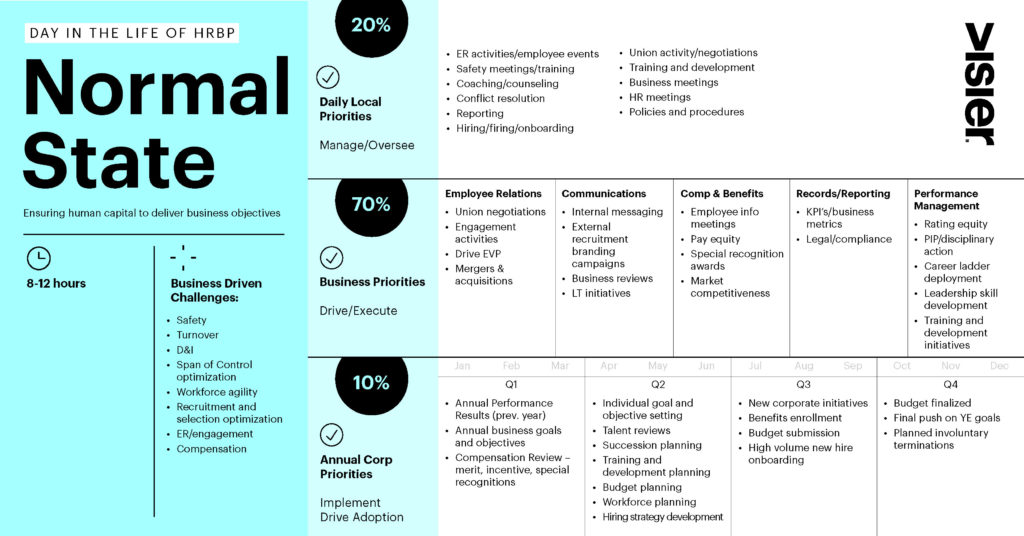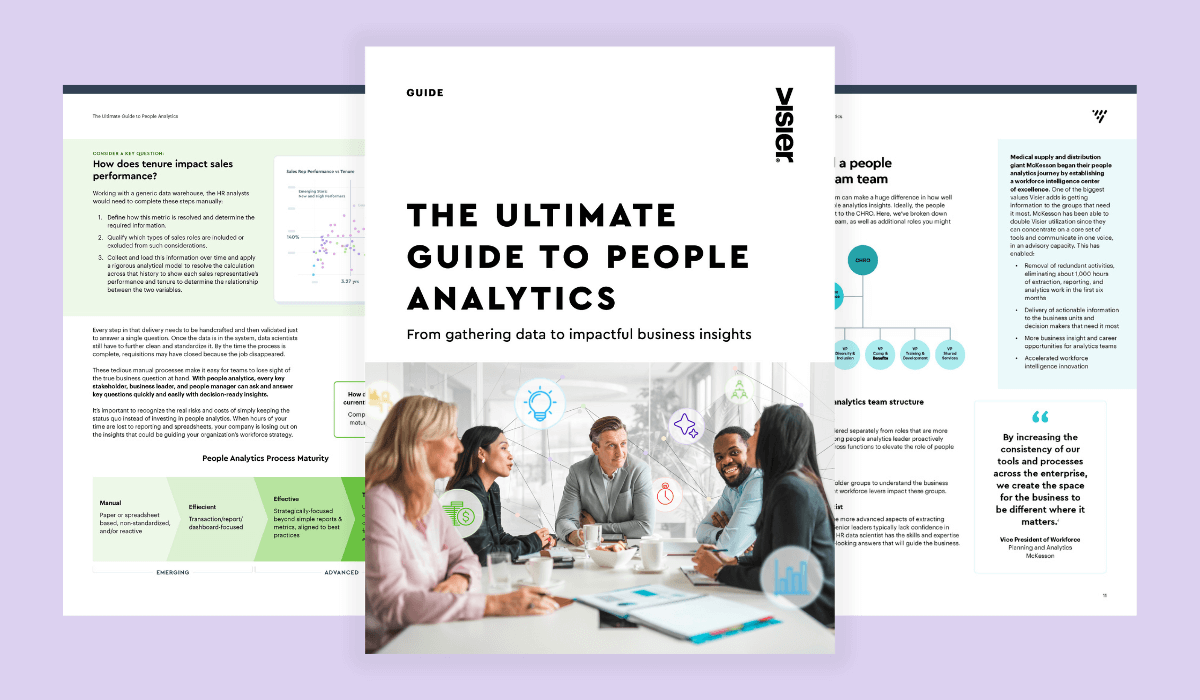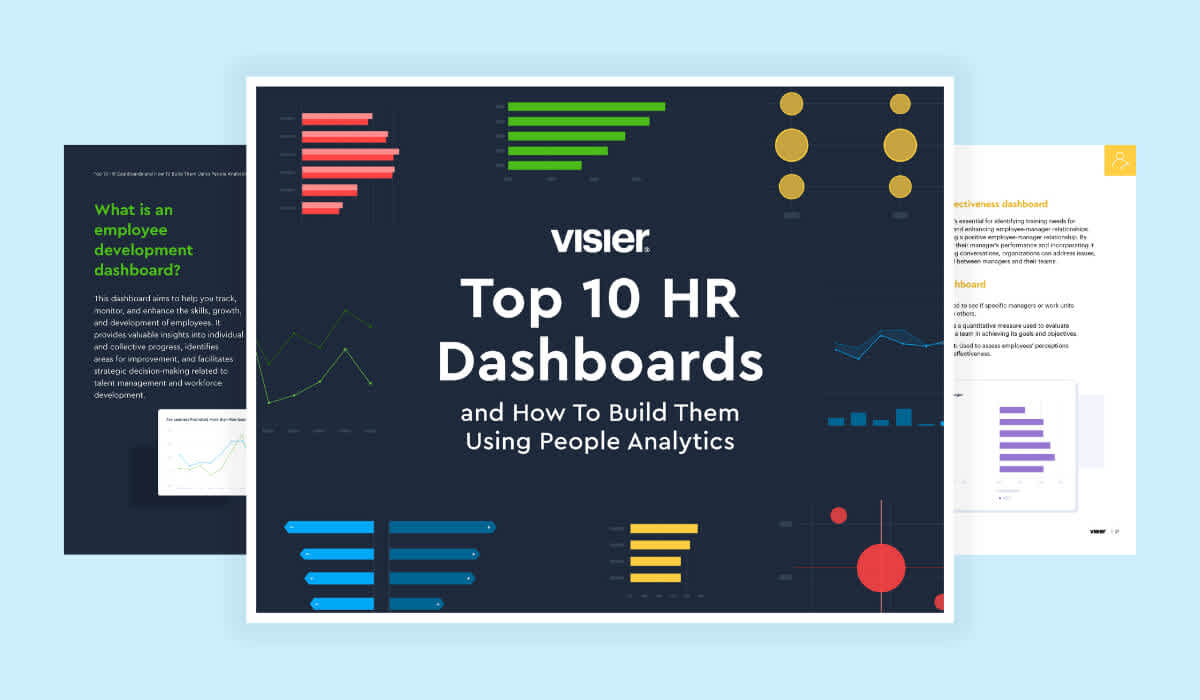Data-Driven HRBPs: Reacting Quickly in a Crisis
The day-to-day responsibilities of the data-driven HRBP during a crisis should cover these wide range of activities to support business driven challenges.

We’ve created an e-book to help you navigate the three stages of a crisis with the right workforce questions and data analysis. Download it here. You may also find this checklist on Key Questions to Answer During a Crisis handy. Check it out at this link. Looking for more resources to guide you through crisis management? Visit our Crisis Management Resource Center.
Crisis management is the process by which an organization deals with a sudden emergency situation. Today, it’s the COVID-19 pandemic and HR Business Partners (HRBPs) are feeling the effects of this crisis in a huge way.
Today, HRBPs are being called upon to quickly adapt and manage huge changes throughout the organization, disseminate critical information, counsel business leaders, ensure business continuity–AND do all of this while managing talent strategies that maintain an engaged workforce throughout each stage of this crisis.
During recent crisis management open forums we held with the people analytics community, panelists and attendees made it clear that making evidence-based decisions about our people using data is the best way forward.
This is why the data-driven HRBP is best suited for managing the shifts outlined above.
Why the data-driven HRBP is critical during Stage 1
As soon as a crisis hits, leaders should be reacting immediately to changing developments and tailoring response plans for optimal employee safety, wellness and business continuity.
Prior to this pandemic, many businesses were taking steps to upskill their HRBPs with data capabilities, recognizing that making this role more evidence-based was key to people analytics success.
Now, many HRBPs can respond directly to requests for people data themselves without having to queue up for help from equally busy HR analysts, data scientists, and IT. This is a data-driven organization at its best–one where every person can use data to make better choices and have confidence in their decisions.
As organizations React to this pandemic, the data-driven HRBP must rapidly translate critical workforce questions into strategies focused on keeping employees safe:
1. How close are employees to virus hot spots?
2. How can we best support employees with the highest risk profiles?
3. Which roles are business-critical?
4. Who can be productive from home?
In organizations with real, strategic HR business partnerships, business leaders trust and rely on the data-driven HRBP to understand the impact of the crisis, specific to their employees.
Data-driven HRBPs must use both quantitative and qualitative information, and strong storytelling capabilities, to analyze and present the historical, current, and future effects of the crisis. The HRBPs goal is to ensure an adequate workforce to maintain daily business operations today and a sustainable business model in the future.
When things are in flux and changing daily, it can be tempting to relegate HRBPs back to being more of a tactical, administrative HR generalist role. However, when organizations use their data-driven HRBPs, especially in a crisis, they can achieve positive crisis management response outcomes.
This is what one U.S. media organization that provides phone and cable services discoverd. As these services are considered essential, their technicians continue to operate during the pandemic.
Because of this, the organization received a request from a state government agency preparing for a shelter in place. The agency needed to understand and identify technicians who were critical in supporting the communications-related issues of their customers. This information helped justify those employees receiving exception to the stay at home order
The media company’s people analytics team created an analysis in Visier of key job titles that would map to a “Technician” focused role. The team then filtered the view to the desired state to produce a list of the employees the governmental authorities needed.
How the data-driven HRBP’s day looks during a crisis
For the last year, myself, Lexy Martin, and Rebecca Woody have been doing significant research on how to successfully enable the data-driven HRBP. Part of that work included mapping out a “day in the life” of the HRBP and we’ve since applied this idea towards a day in the life of the data-driven HRBP during a crisis.

This graphic demonstrates what the normal everyday responsibilities of an HR business partner are and how much of their work is devoted to different priorities.
As the image above shows, the day-to-day responsibilities of the data-driven HRBP cover a wide range of activities to support business driven challenges, local and corporate initiatives.
During a crisis, they need to be re-prioritized to focus on gathering trusted data, communications, and establishing a plan to get their employees back on track to achieve business objectives. The extent of this change depends on the degree to which a strategic HR business partnership and people analytics capability already exists.
In the React phase (see figure below), the data-driven HRBP must focus on evaluating the business and people impact, while gaining control of the situation. The image below shows how the majority of their time dramatically shifts to local activities, spending much more time with business leaders, disseminating employee communications, and using data to visualize the impact of the crisis and enable leaders to make quick and accurate decisions.

HRBP Day in a Life graphic Page 2
This graphic shows what the responsibilities of an HR business partner are when reacting to a crisis. Some tasks become optional, while others rise to greater importance.
3 guiding principles for data-driven HRBPs
Managing through the crisis with accurate and timely data is a critical component to helping your business move through subsequent stages and successfully coming out of the crisis to a new normal. Right now, HR professionals must lead the organization by:
Knowing where their people are, keeping them safe and having the ability to respond immediately to changing developments
Allowing people to act in confidence through continuous assessment of high-risk areas and taking action
Adapt the business to your people by guiding them out of crisis and planning for long-term impacts to business continuity
Operating under these three guiding principles will allow data-driven HRBPs to analyze the right data at the right time to drive the best possible business decisions throughout this crisis and beyond.



